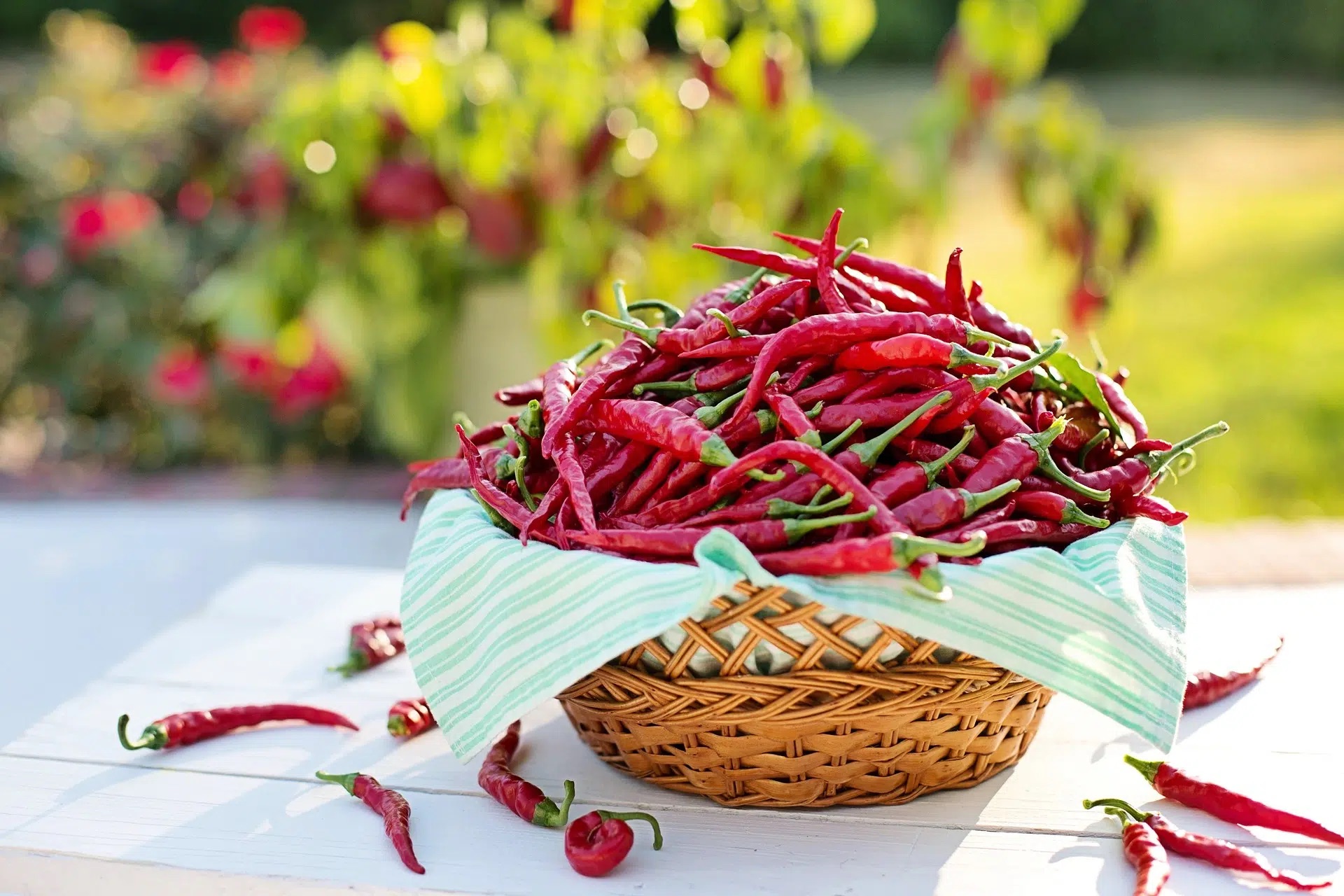

Articles
How Long Is Chili Good In The Refrigerator
Modified: August 27, 2024
Discover how long chili stays fresh in the refrigerator and get tips on storing chili properly to maximize its shelf life. Read more articles on food storage and preservation.
(Many of the links in this article redirect to a specific reviewed product. Your purchase of these products through affiliate links helps to generate commission for Storables.com, at no extra cost. Learn more)
Introduction
Chili is a beloved and versatile dish that is enjoyed by many people around the world. Whether you prefer it spicy or mild, with beans or without, chili is a comforting and flavorful meal that can be enjoyed on its own or used as a topping for various dishes. However, if you’ve made a large batch of chili or have leftovers from a restaurant meal, you might be wondering how long chili can be safely stored in the refrigerator.
Properly storing and handling chili is essential to ensure its quality and safety. Factors such as temperature, packaging, and the freshness of the ingredients used can all affect the shelf life of chili. Without proper storage, chili can spoil, develop an unpleasant taste, or even pose a risk of foodborne illness.
In this article, we will explore the factors that influence the shelf life of chili, how to identify signs of spoilage, how long chili can be stored in the refrigerator, and some tips for storing chili to maintain its freshness.
Key Takeaways:
- Properly storing and handling chili is crucial for maintaining its quality and safety. Factors like temperature, ingredients, and storage containers all impact its shelf life in the refrigerator.
- Freezing chili in proper containers can extend its shelf life for several months, but it’s important to thaw and reheat it carefully to maintain its taste and quality.
Read more: How Long Is Chili Good In The Freezer
Factors Affecting the Shelf Life of Chili
Several factors can influence the shelf life of chili. Understanding these factors is crucial for ensuring the quality and safety of the chili you store in your refrigerator.
- Ingredients: The ingredients used to make chili can impact its shelf life. Fresh ingredients like meat, vegetables, and spices that are nearing their expiration date may cause the chili to spoil more quickly.
- Temperature: Temperature plays a significant role in the shelf life of chili. Bacteria grow rapidly between 40°F (4°C) and 140°F (60°C), a range commonly known as the “temperature danger zone.” To keep chili fresh, it should be stored at temperatures below 40°F (4°C).
- Storage container: The type of container used to store chili can also affect its shelf life. It is recommended to use airtight containers made of glass or BPA-free plastic. These containers help to keep out moisture, prevent odors from seeping in, and maintain the freshness of the chili.
- Handling: Proper handling of chili is important to maintain its shelf life. Avoid cross-contamination by using clean utensils and cutting boards when handling chili. Additionally, always wash your hands before preparing or serving chili to prevent the spread of bacteria.
By understanding these factors and implementing proper storage and handling practices, you can extend the shelf life of your chili and ensure that it remains safe to consume.
Signs of Spoilage in Chili
It’s important to be able to recognize the signs of spoilage in chili to ensure that you and your family are not consuming spoiled or potentially harmful food. Here are some common signs that indicate chili has gone bad:
- Off odor: If your chili has a foul or off-putting smell, it is a clear indication that it has spoiled. Trust your sense of smell and discard any chili that has a strong, unpleasant odor.
- Change in color and texture: Freshly made chili typically has vibrant colors and a smooth, thick texture. If you notice any significant changes in color, such as a dull or dark appearance, or if the texture becomes slimy or grainy, it is likely that the chili has spoiled.
- Mold, mildew, or discoloration: The presence of mold, mildew, or any strange discoloration on the surface or inside the chili is a clear sign of spoilage. Discard any chili that shows these signs, as consuming mold or mildew can lead to food poisoning.
- Bitter or off taste: Spoiled chili may have a bitter or unpleasant taste. If you taste the chili and it doesn’t taste as it should or there’s a noticeable change in flavor, it is best to err on the side of caution and discard it.
Remember, it’s crucial to use your senses of sight, smell, and taste to determine if chili has gone bad. If you notice any of these signs, do not consume the chili as it may pose a risk to your health.
How Long Can Chili Be Stored in the Refrigerator?
The shelf life of chili in the refrigerator depends on several factors, including the freshness of the ingredients used and how the chili was prepared and stored. As a general guideline, homemade chili can be safely stored in the refrigerator for 3-4 days. However, it is important to use your senses to assess the quality and freshness of the chili before consuming it.
If you have store-bought chili or leftover chili from a restaurant, it is best to check the label or consult the establishment for specific storage recommendations. Some commercially prepared chili may contain preservatives or have a longer shelf life. In such cases, follow the guidelines provided to determine how long the chili can be stored safely.
It is crucial to store chili properly to maintain its quality and safety. Here are a few tips to help you store chili in the refrigerator:
- Cool the chili quickly: Allow the chili to cool to room temperature before transferring it to the refrigerator. Placing hot chili directly in the refrigerator can raise the overall temperature and compromise the quality of other foods.
- Divide into smaller portions: If you’ve made a large batch of chili, consider dividing it into smaller, airtight containers. This helps to improve airflow and ensures that the chili cools down evenly, reducing the risk of spoilage.
- Label and date: It’s a good practice to label the containers with the date and contents of the chili. This helps you keep track of its freshness and ensures that you use the oldest chili first to prevent waste.
- Keep it at a consistent temperature: Store chili in the coldest part of your refrigerator, typically the back of the bottom shelf. Avoid storing it in the door or near the front where the temperature can fluctuate due to frequent opening and closing of the refrigerator.
Remember, the 3-4 day guideline is just a general recommendation. If the chili shows any signs of spoilage or has an off odor, taste, or appearance, it is best to discard it.
Chili can be stored in the refrigerator for 3-4 days. After that, it’s best to freeze it for longer storage. Always use your best judgment and discard if it looks or smells off.
Tips for Storing Chili in the Refrigerator
Proper storage of chili in the refrigerator is essential to maintain its quality and ensure food safety. Follow these tips to ensure your chili stays fresh and delicious:
- Cool the chili before storing: Allow your chili to cool to room temperature before placing it in the refrigerator. Hot food can raise the temperature inside the fridge and potentially compromise the quality of other foods.
- Divide into smaller portions: If you’ve made a large batch of chili, consider dividing it into smaller, airtight containers. This not only helps with cooling down the chili faster but also allows for easy portion control and prevents unnecessary reheating of the entire batch.
- Use proper storage containers: Opt for airtight containers made of glass or BPA-free plastic to store your chili. These containers help to maintain freshness, prevent moisture and odors from seeping in, and reduce the risk of cross-contamination.
- Label and date: Remember to label your containers with the date and contents of the chili. This will help you keep track of its freshness and ensure that you use the oldest chili first.
- Store in the coldest part of the fridge: Place your chili in the coldest part of the refrigerator, usually the back of the bottom shelf. Avoid storing it in the door or near the front, as these areas may experience temperature fluctuations.
- Keep away from strong-smelling foods: Keep your chili away from strong-smelling foods like onions, garlic, or pungent cheeses. Chili can absorb odors easily, affecting its flavor.
- Check for spoilage before consuming: Always inspect your stored chili before consuming it. Look for any signs of spoilage, such as unpleasant odor, mold, or changes in color, texture, or taste. If you notice any of these signs, it’s best to discard the chili.
By following these tips, you can extend the shelf life of your chili in the refrigerator, maintain its quality, and reduce the risk of foodborne illness.
Can Chili Be Frozen for Longer Storage?
Absolutely! Freezing chili is an excellent way to extend its shelf life and enjoy it at a later time. By freezing chili in proper containers or freezer-safe bags, you can keep it for several months without sacrificing its taste or quality.
Here are some important things to consider when freezing chili:
- Cool the chili completely: Just like when storing chili in the refrigerator, ensure that the chili has cooled to room temperature before transferring it to the freezer. This helps to prevent condensation and freezer burn.
- Choose the right packaging: Select freezer-safe containers or resealable freezer bags for packaging the chili. Be sure to remove as much air as possible from the containers or bags to minimize freezer burn.
- Label and date: Properly label each container or bag with the date and contents. This allows you to easily identify the chili and keep track of its storage time.
- Portion control: Consider dividing the chili into smaller portions before freezing. This makes it easier to thaw and use only the amount you need without having to defrost the entire batch.
- Freeze quickly: Place the containers or bags of chili in the coldest part of your freezer and freeze them as soon as possible. The quicker the chili freezes, the better its quality will be when thawed.
When properly frozen, chili can be stored in the freezer for up to 3-4 months. However, for the best quality and taste, it is recommended to consume the chili within 1-2 months, as the longer it stays in the freezer, the more likely it is to develop freezer burn and lose its flavor.
To thaw and reheat frozen chili, transfer it to the refrigerator overnight or use the defrost setting on your microwave. Once thawed, you can reheat the chili on the stovetop or in the microwave until it reaches a safe internal temperature of 165°F (74°C).
Remember, freezing chili can alter its texture slightly, especially if it contains beans. However, the flavor should remain intact, allowing you to enjoy a delicious bowl of chili even after extended storage in the freezer.
How to Properly Thaw and Reheat Chili
Thawing and reheating chili properly is essential to maintain its taste, texture, and safety. Here’s a step-by-step guide to help you thaw and reheat your frozen chili:
- Thawing:
- If you have time, the safest way to thaw frozen chili is to transfer it from the freezer to the refrigerator. Allow the chili to thaw slowly overnight or for about 24 hours. This gradual thawing ensures that the chili stays at a safe temperature throughout the process.
- For quicker thawing, you can use the defrost setting on your microwave. Place the frozen chili in a microwave-safe dish and follow the manufacturer’s instructions for defrosting. Make sure to stir the chili occasionally during the process to promote even thawing and prevent any hot spots.
- Reheating:
- Once the chili is completely thawed, it’s time to reheat it. You have a few options for reheating:
- Stovetop method: Transfer the thawed chili to a saucepan or pot and heat it over medium-low heat. Stir occasionally to prevent sticking and ensure even heating. Reheat until the chili reaches a safe internal temperature of 165°F (74°C).
- Microwave method: If you’re short on time, you can reheat the chili in the microwave. Place the thawed chili in a microwave-safe dish and cover it with a microwave-safe lid or microwave-safe plastic wrap. Heat it on high power in one-minute intervals, stirring in between each interval. Continue heating until the chili is steaming hot throughout.
- Serving and safety:
- Once the chili is reheated, it’s ready to be served. Garnish with your favorite toppings, such as grated cheese, sour cream, chopped onions, or fresh herbs.
- Remember to handle and store leftovers properly. Avoid leaving reheated chili at room temperature for more than two hours, as bacteria can grow rapidly in the temperature danger zone. If there are any leftovers, promptly refrigerate them in airtight containers within this time frame.
By following these steps, you will be able to thaw and reheat your chili safely and efficiently, ensuring that it maintains its delicious taste and quality. Enjoy your warm and comforting bowl of chili!
Conclusion
Chili is a versatile and comforting dish that can be enjoyed by many people. Whether you’re making it from scratch or have leftovers from a restaurant meal, properly storing chili is crucial to maintain its quality and ensure food safety.
We explored various factors that can affect the shelf life of chili, such as the freshness of ingredients, temperature, storage containers, and handling practices. By understanding these factors, you can take the necessary steps to ensure that your chili stays fresh and safe to eat.
In the refrigerator, homemade chili can be stored for 3-4 days, while store-bought or restaurant chili may have longer storage recommendations. It is important to always use your senses to assess the quality of chili before consuming it, looking for signs of spoilage such as off odors, changes in color or texture, and mold.
If you have excess chili that you want to store for a longer period, freezing is an excellent option. Properly freezing chili in airtight containers or freezer-safe bags can extend its shelf life for up to several months. Just remember to label and date the containers, and consume the chili within 1-2 months for the best quality.
Thawing and reheating frozen chili should be done carefully. Gradual thawing in the refrigerator is the safest method, but you can also use the defrost setting on your microwave for quicker thawing. Reheating can be done on the stovetop or in the microwave, ensuring that the chili reaches a safe internal temperature of 165°F (74°C).
By following these guidelines for storing, thawing, and reheating chili, you can enjoy this delicious dish without compromising its taste or safety. Remember to always use your best judgment and discard any chili that shows signs of spoilage.
So go ahead and savor every spoonful of that homemade chili, or enjoy those delicious leftovers knowing that you’ve stored them properly. Happy chili-eating!
Now that you've got the scoop on keeping chili fresh, why not broaden your knowledge on preserving other foods? Our next article covers the essentials of keeping your edibles fresher for longer. If you're keen on stepping up your food preservation game as we head into 2024, don't miss our detailed guide on optimal food storage solutions that are both practical and innovative. Perfect for anyone looking to enhance their kitchen efficiency and food safety!
Frequently Asked Questions about How Long Is Chili Good In The Refrigerator
Was this page helpful?
At Storables.com, we guarantee accurate and reliable information. Our content, validated by Expert Board Contributors, is crafted following stringent Editorial Policies. We're committed to providing you with well-researched, expert-backed insights for all your informational needs.
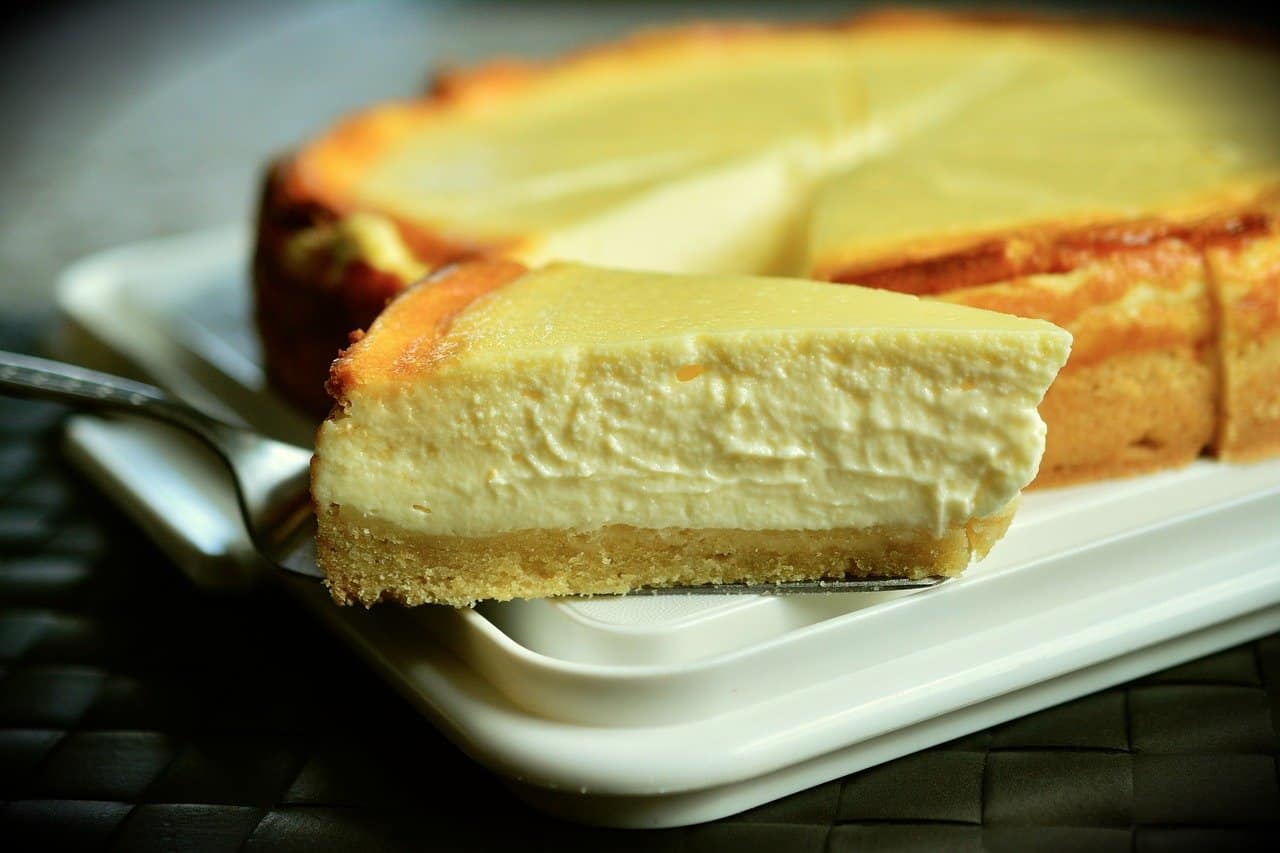

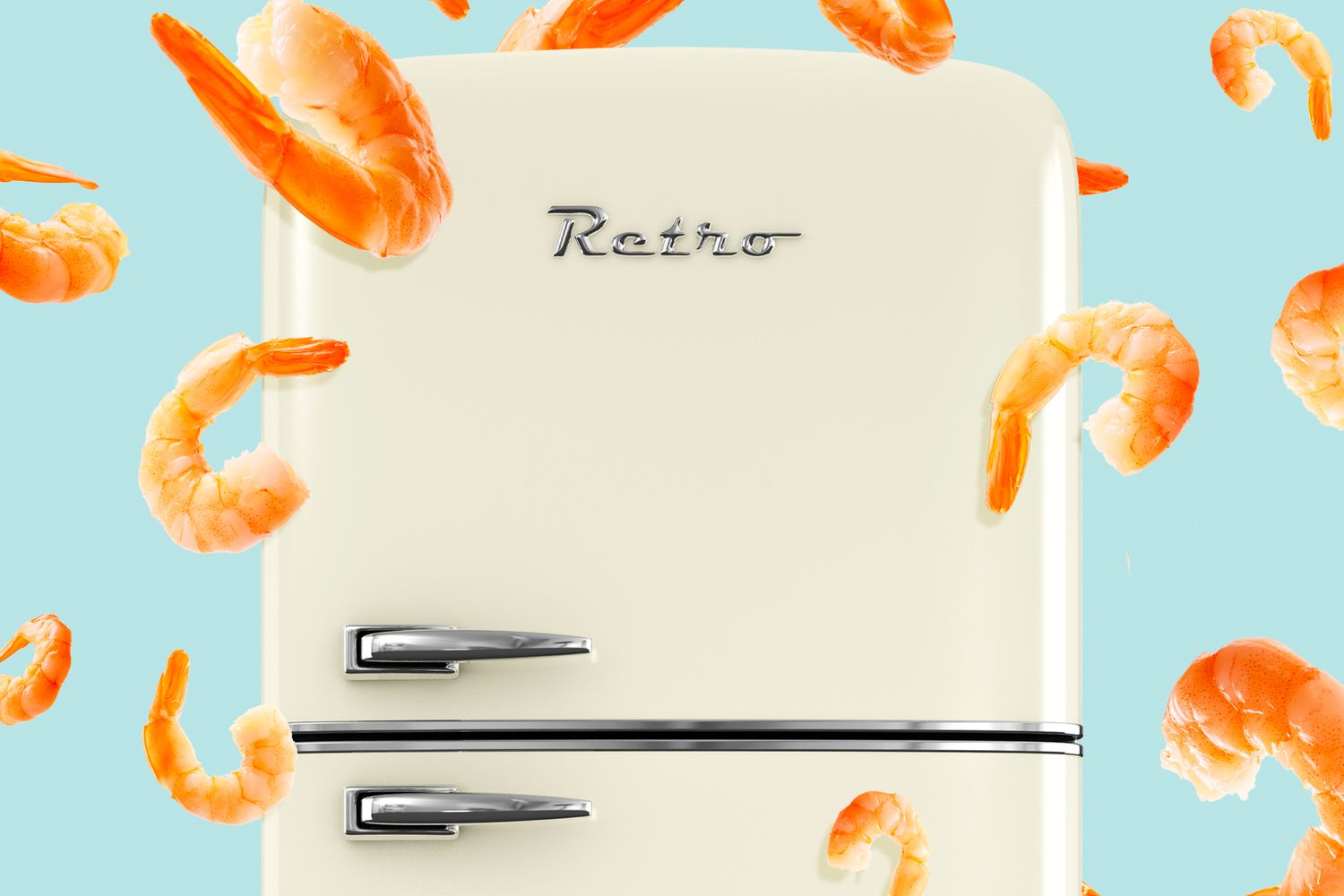
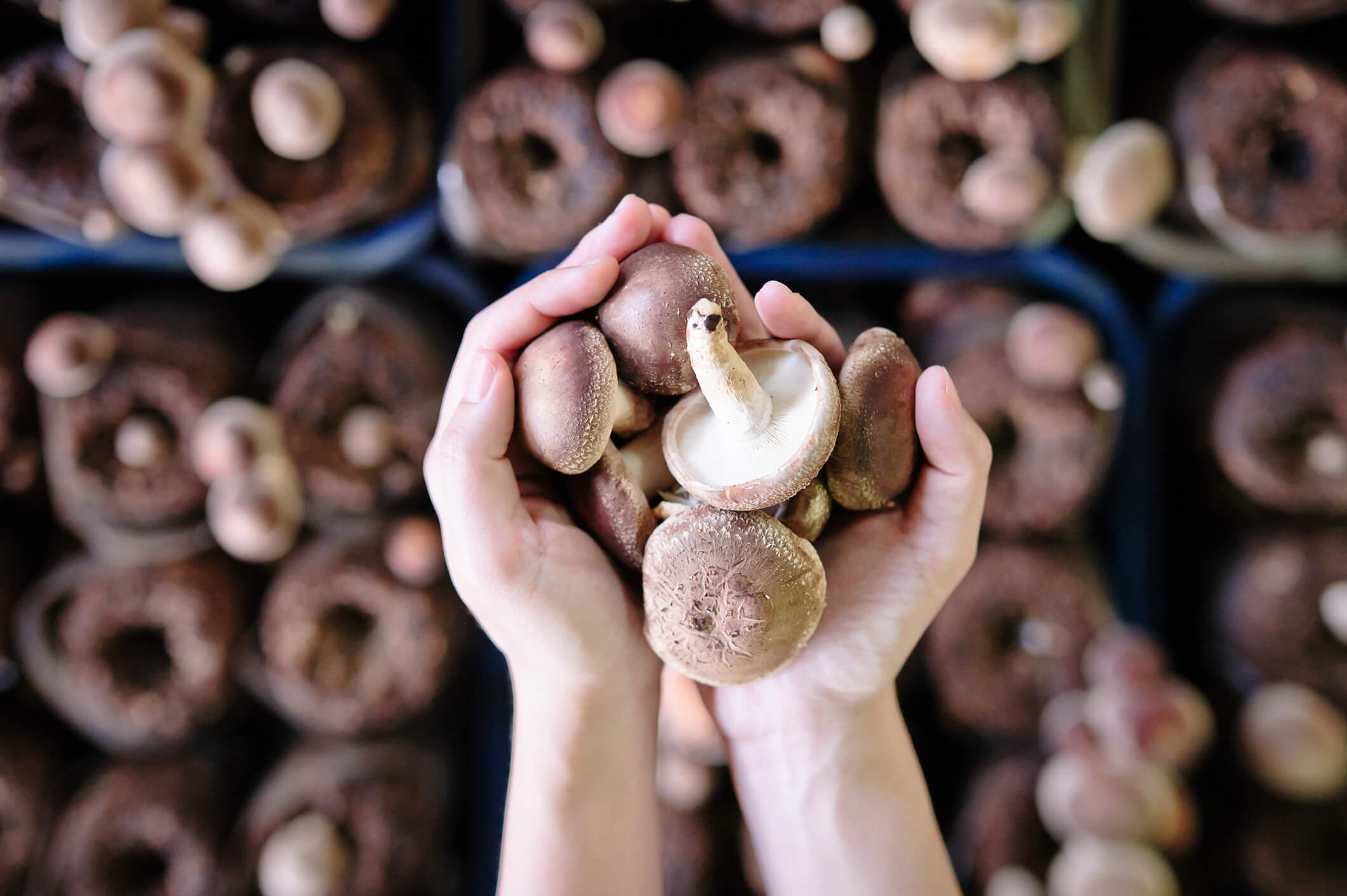
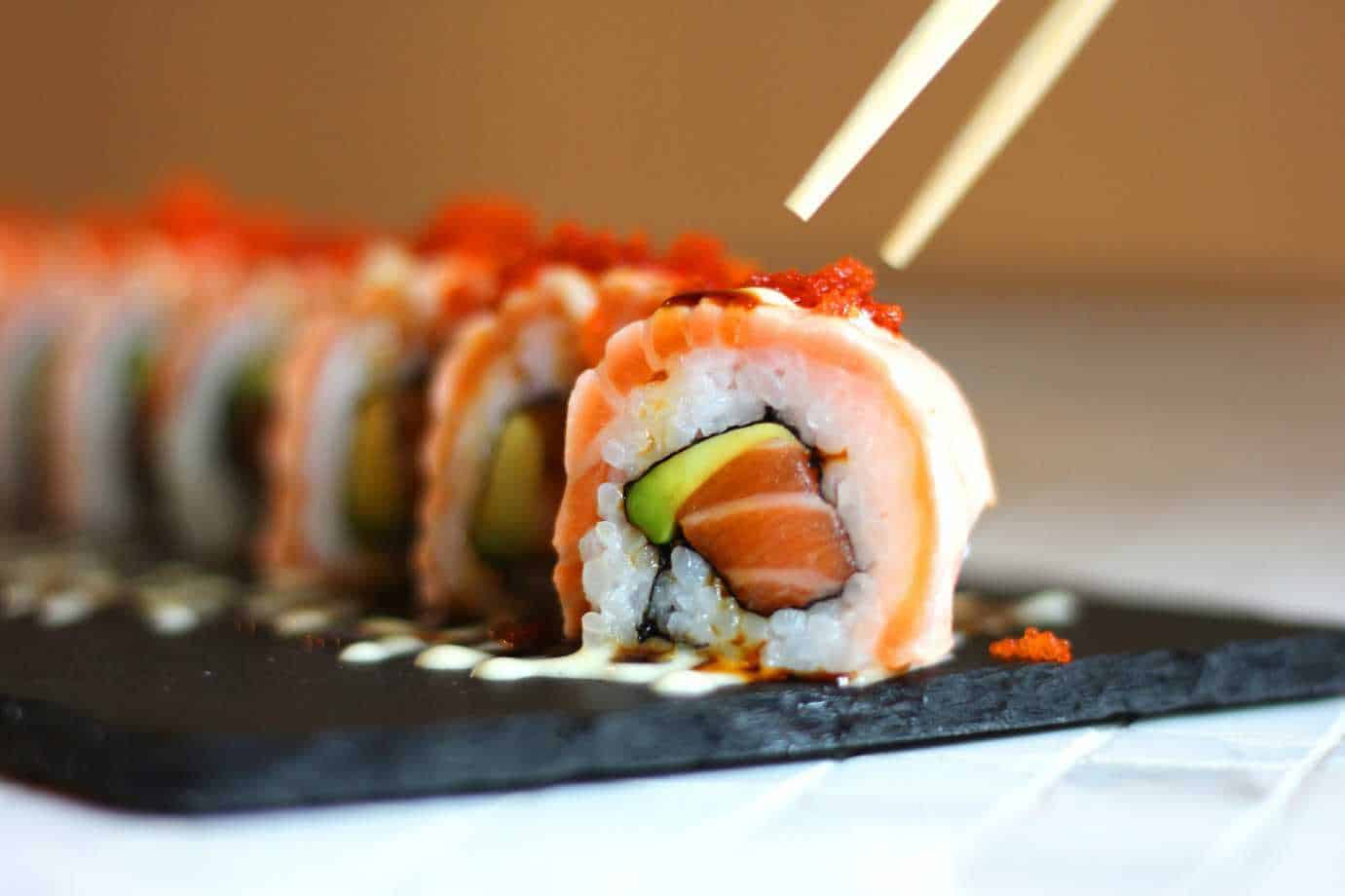
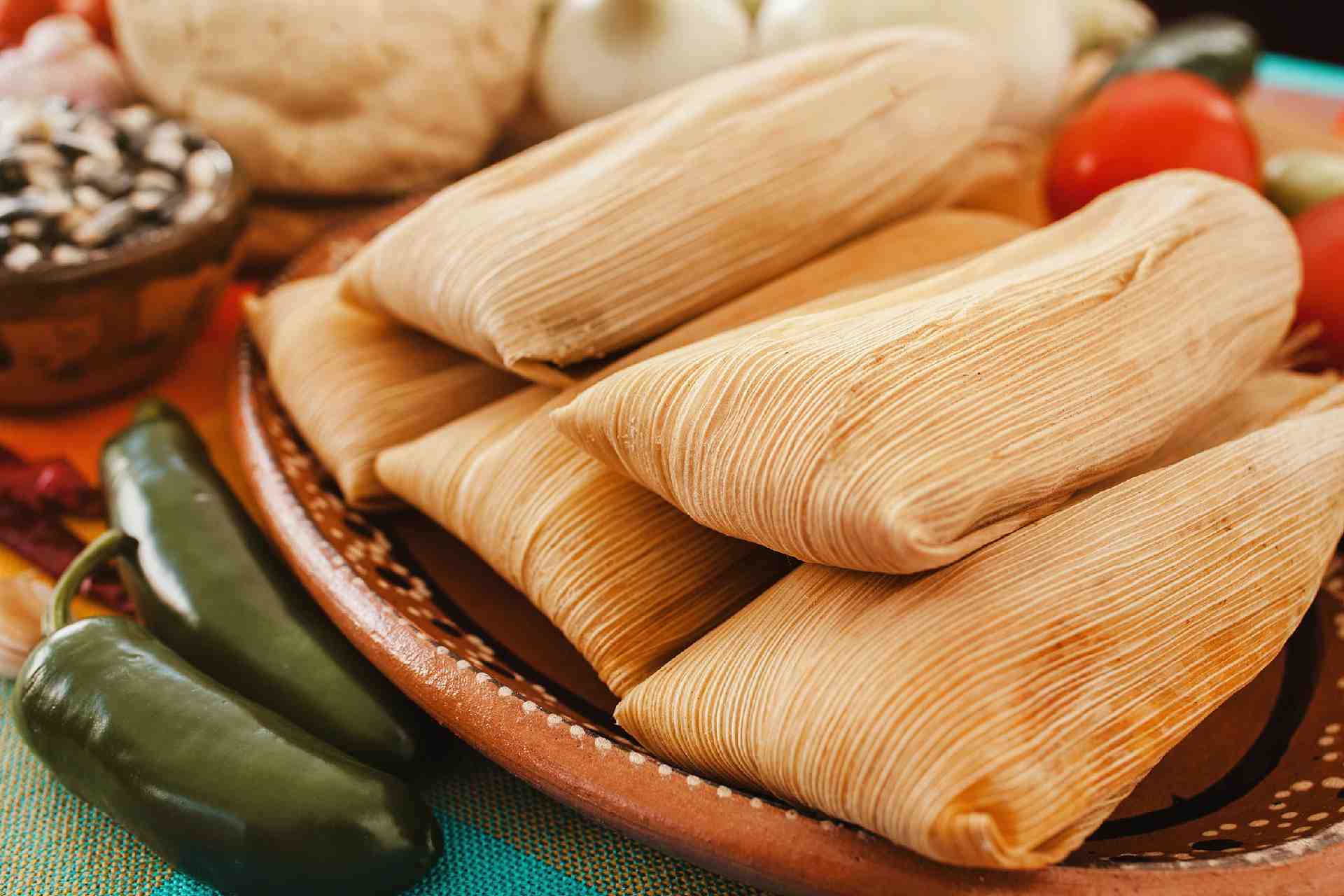


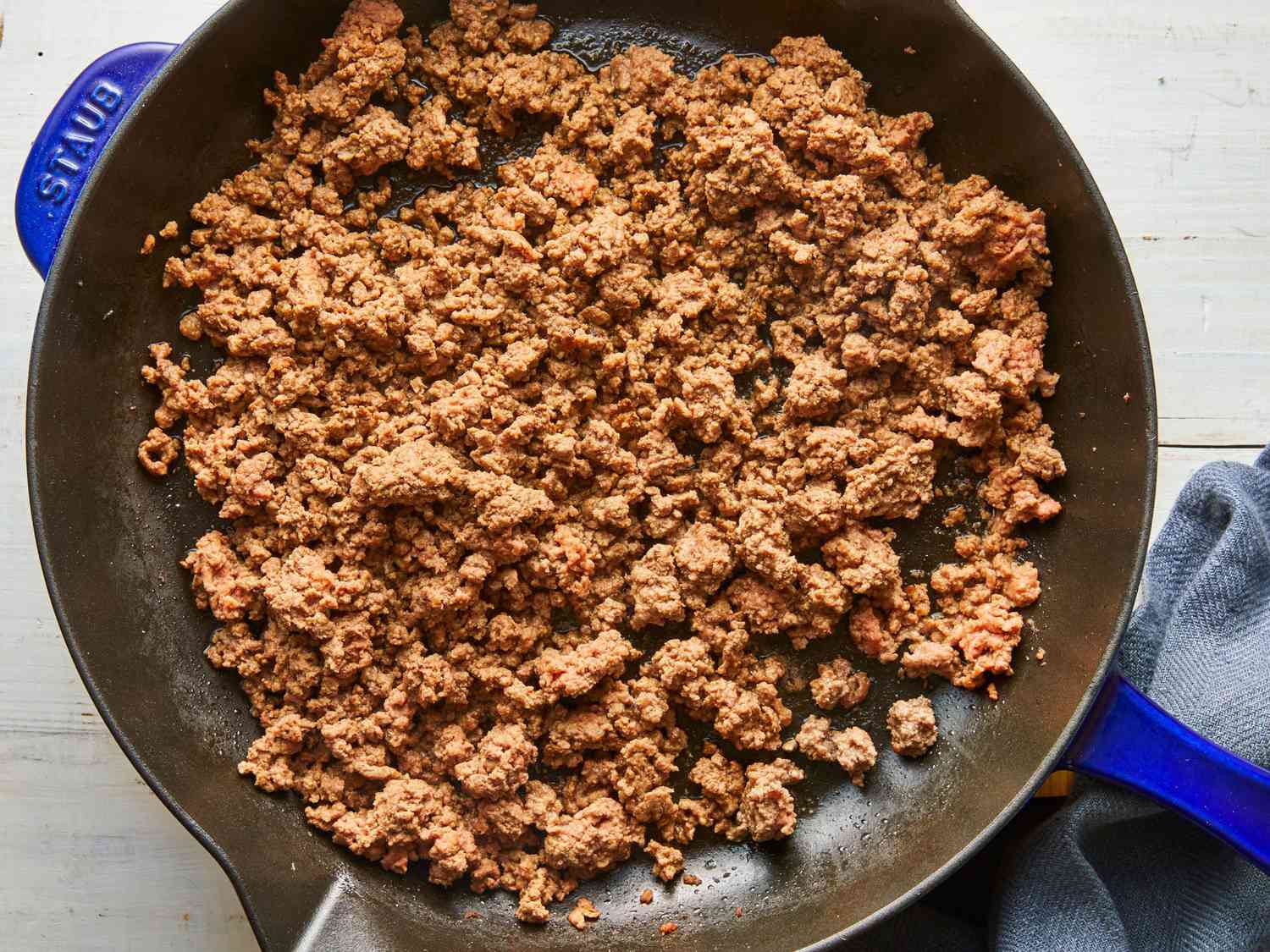
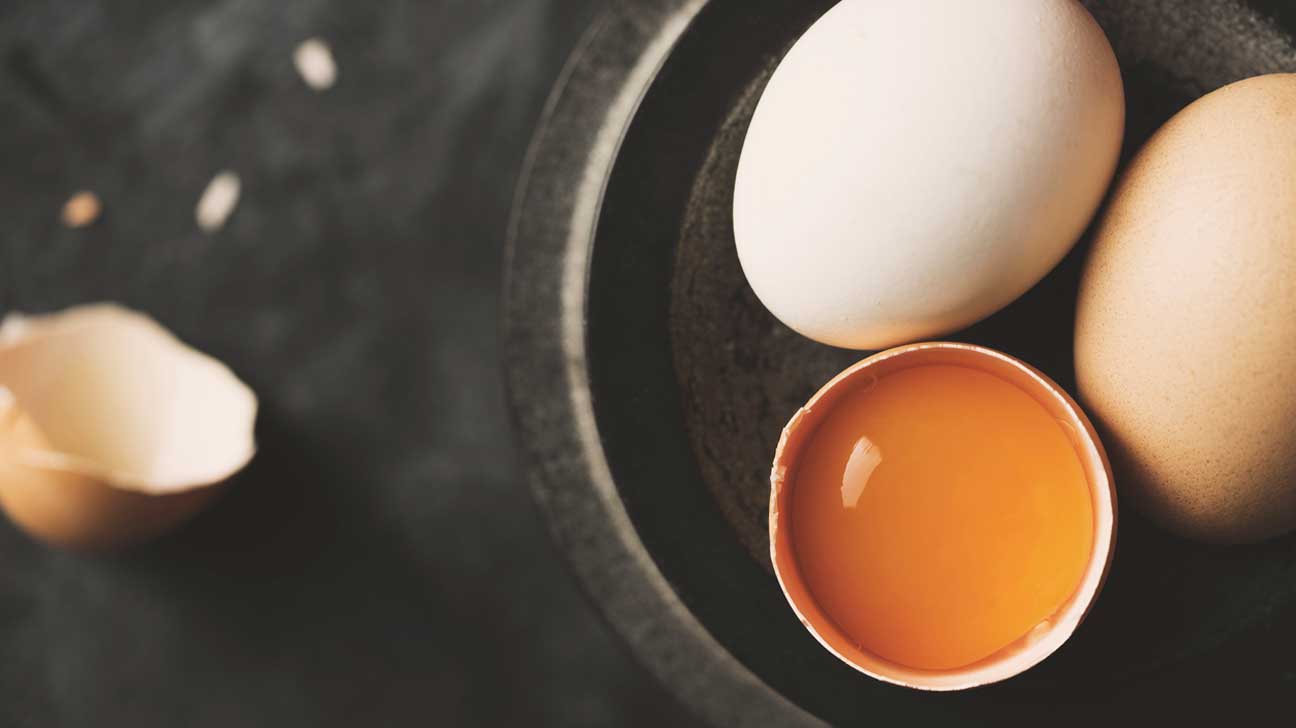
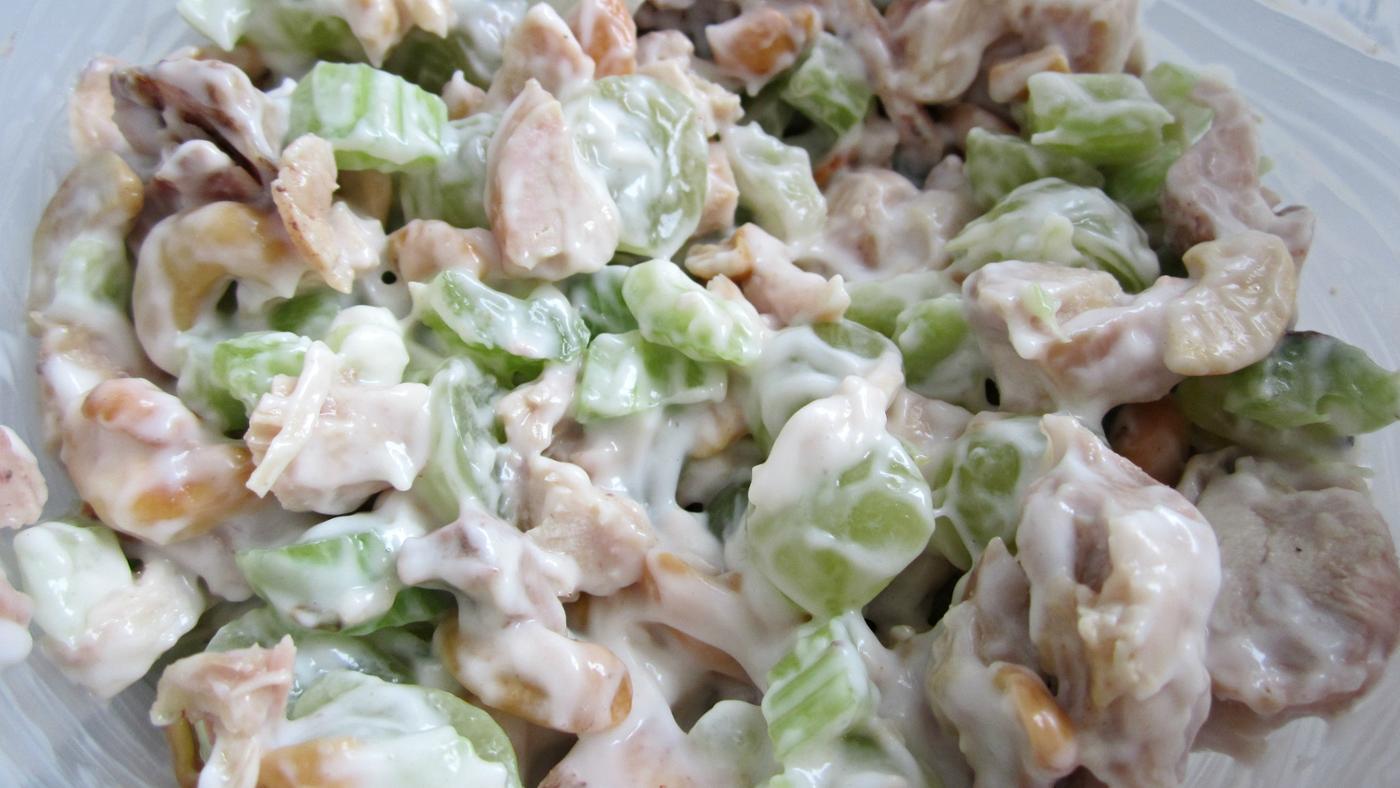
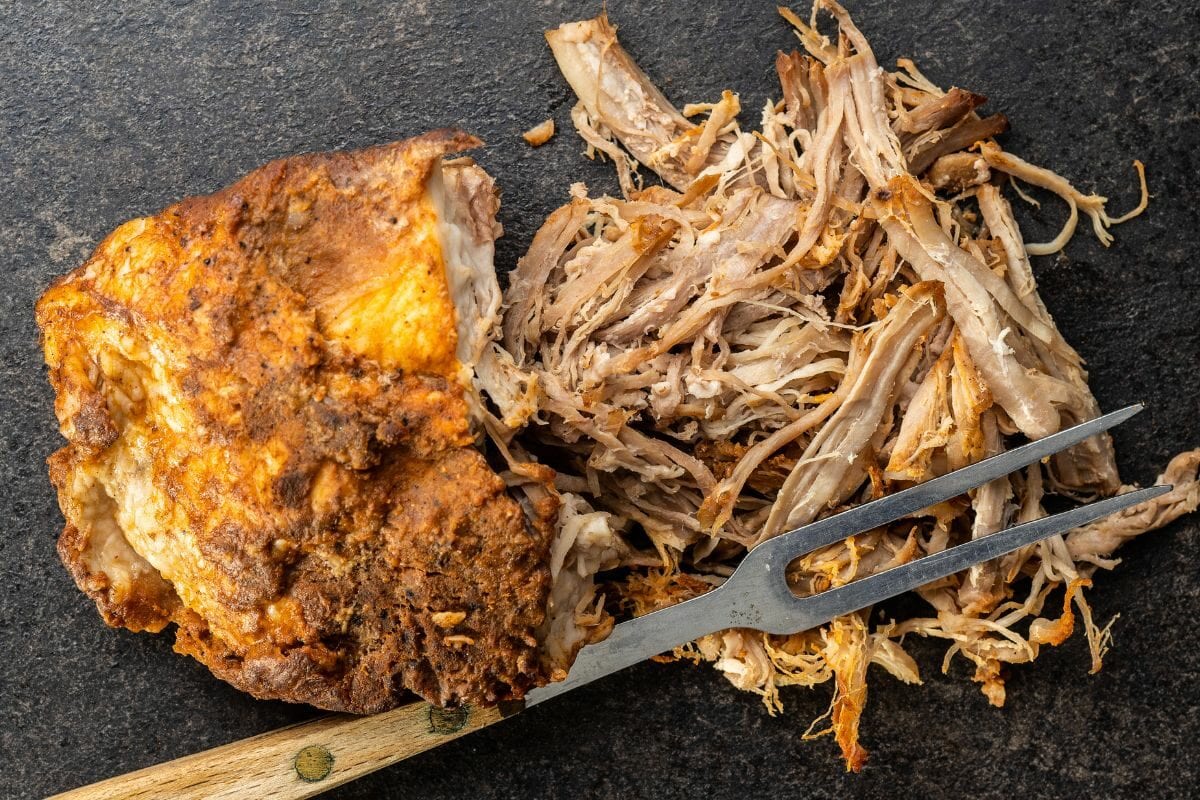
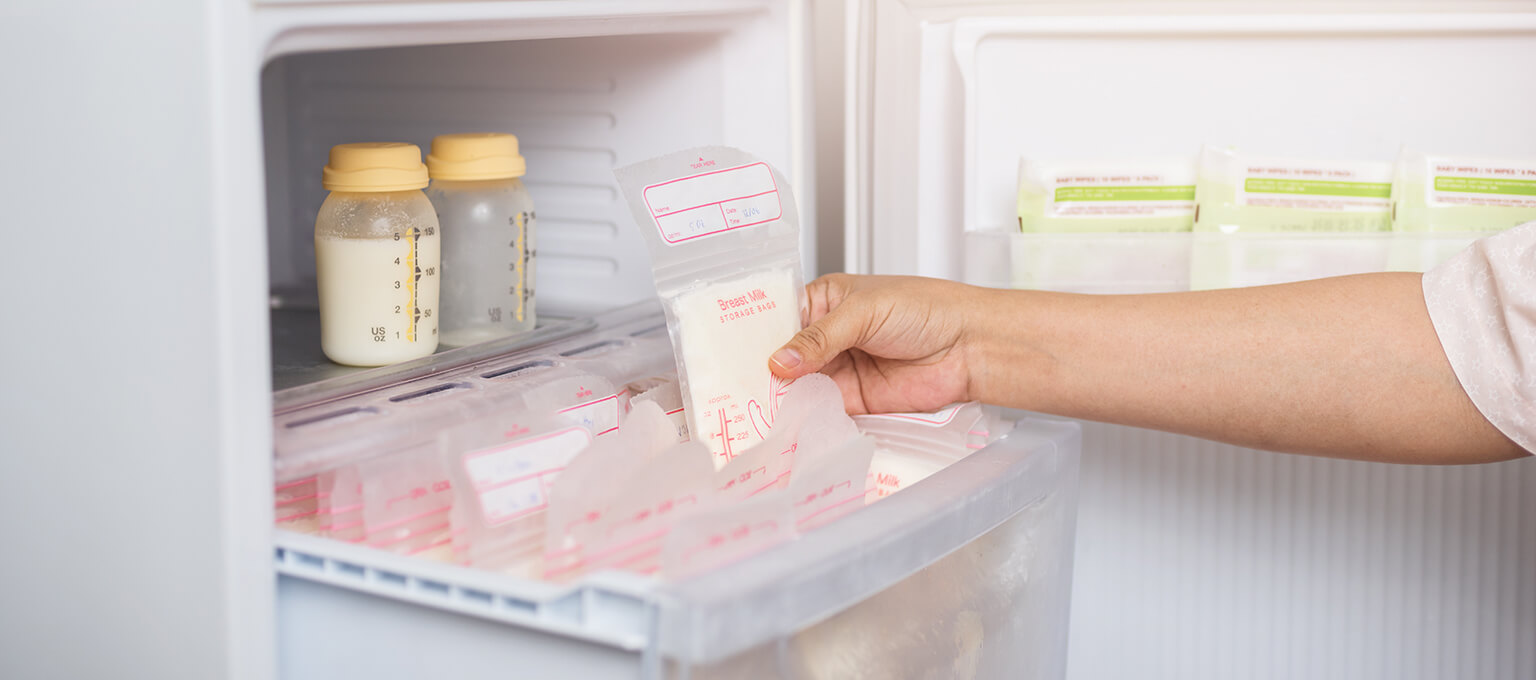
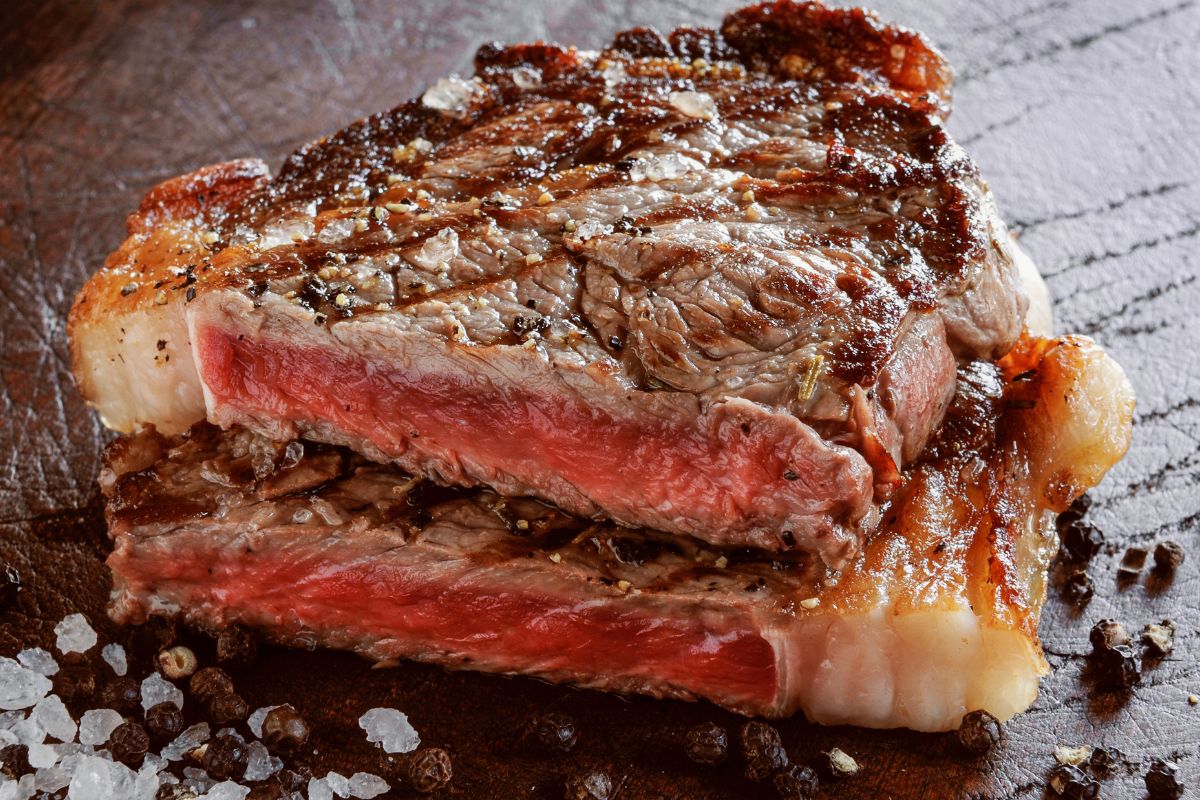

0 thoughts on “How Long Is Chili Good In The Refrigerator”